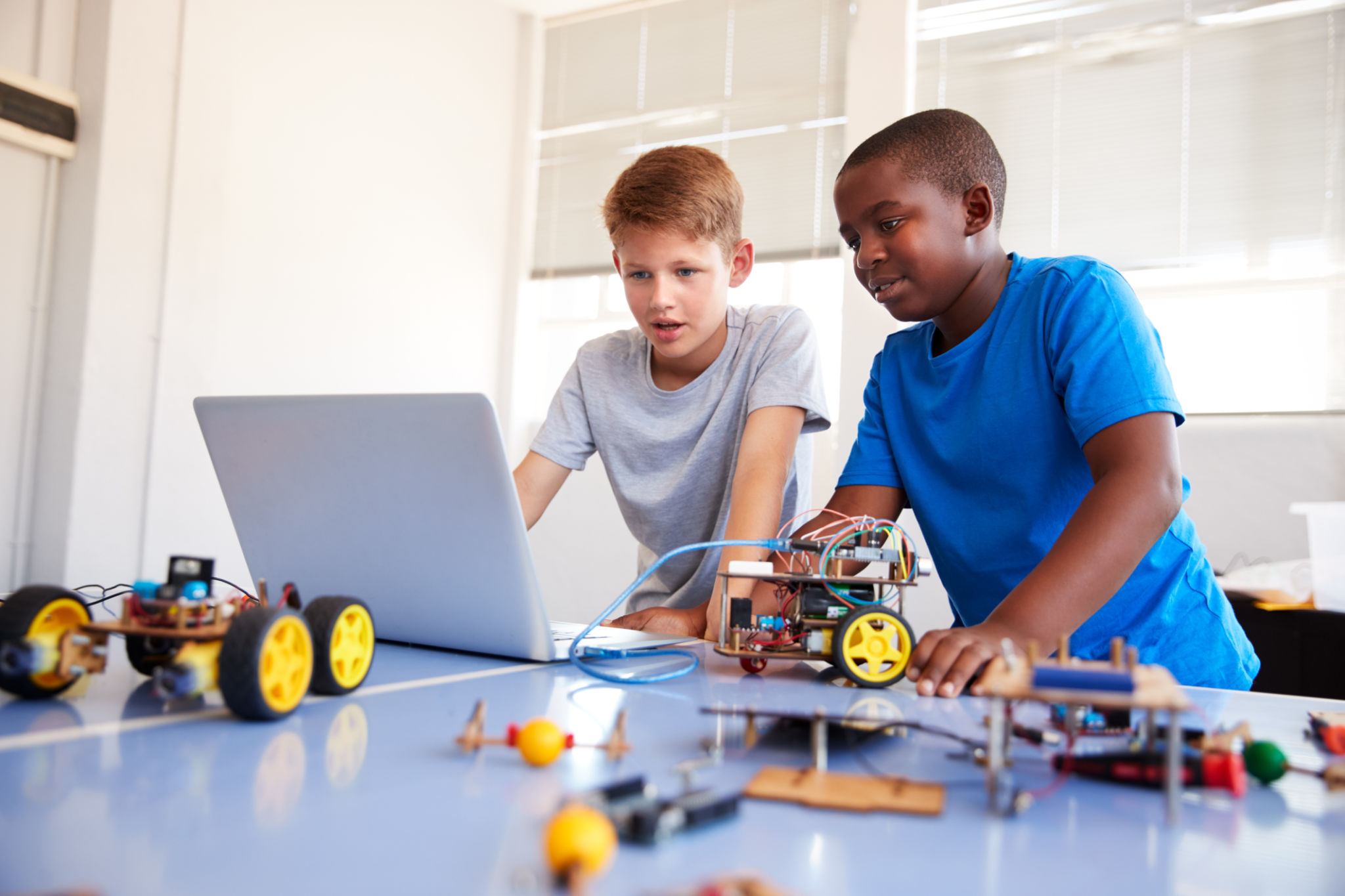5 Myths About Teaching Children Programming Debunked
Myth 1: Programming Is Too Difficult for Young Children
One of the most common myths about teaching children programming is that it is inherently too difficult for young minds to grasp. However, this couldn't be further from the truth. With the right tools and approaches, children can learn to code just like they learn any other subject. Programming languages designed for kids, such as Scratch, are intuitive and fun, promoting a playful learning environment.
These tools often use visual blocks to represent code, which can help children understand the logic behind programming without getting bogged down by complex syntax. By making the learning process engaging and interactive, children are more likely to stick with programming and develop a genuine interest in it.

Myth 2: Programming Is Only for Math Whizzes
Another widespread misconception is that only students who excel in mathematics can succeed in programming. While logical thinking and problem-solving skills are important, they are not exclusive to math enthusiasts. Programming also fosters creativity and encourages thinking outside the box.
In fact, programming can be an excellent way to strengthen problem-solving skills across various disciplines. By breaking down large problems into smaller, manageable parts, children learn how to tackle challenges in a methodical way, which is a valuable skill no matter their interest in math.
Myth 3: Children Need Advanced Computers to Learn Programming
Many parents and educators believe that high-end computers and software are necessary for children to learn programming. This myth can deter some from introducing coding at an early age due to budget concerns. Fortunately, this is not the case. There are numerous affordable and even free resources available online that can run on basic hardware.

Web-based platforms and applications that teach coding are often designed to be lightweight and accessible, ensuring that even older computers can support them. This accessibility means that more children have the opportunity to learn programming without the need for expensive equipment.
Myth 4: Programming Is a Solitary Activity
Many people assume that programming is a solitary activity where individuals work in isolation. In reality, coding can be incredibly collaborative and social. Platforms such as Scratch encourage children to share their projects with others, providing a space for them to interact and learn from each other.
Collaborative projects help children develop teamwork skills and learn how to communicate effectively with peers. As they work together on coding challenges, they also gain an appreciation for diverse perspectives and ideas.

Myth 5: Programming Skills Are Only Useful for Future Programmers
Finally, there is a belief that programming is only valuable for those who intend to pursue a career in technology. However, teaching children how to code equips them with skills that are applicable across various fields. Programming encourages logical thinking, creativity, problem-solving, and resilience—abilities that are crucial in any career path.
In an increasingly digital world, understanding how technology works is becoming more important than ever. By learning programming from an early age, children are better prepared for the future, no matter what career they choose to pursue.
Debunking these myths highlights the importance and accessibility of teaching programming to children. By embracing coding education early on, we empower young minds to thrive in a rapidly evolving digital landscape.
